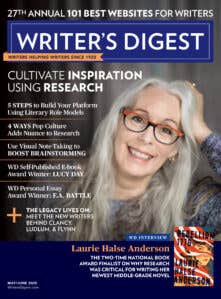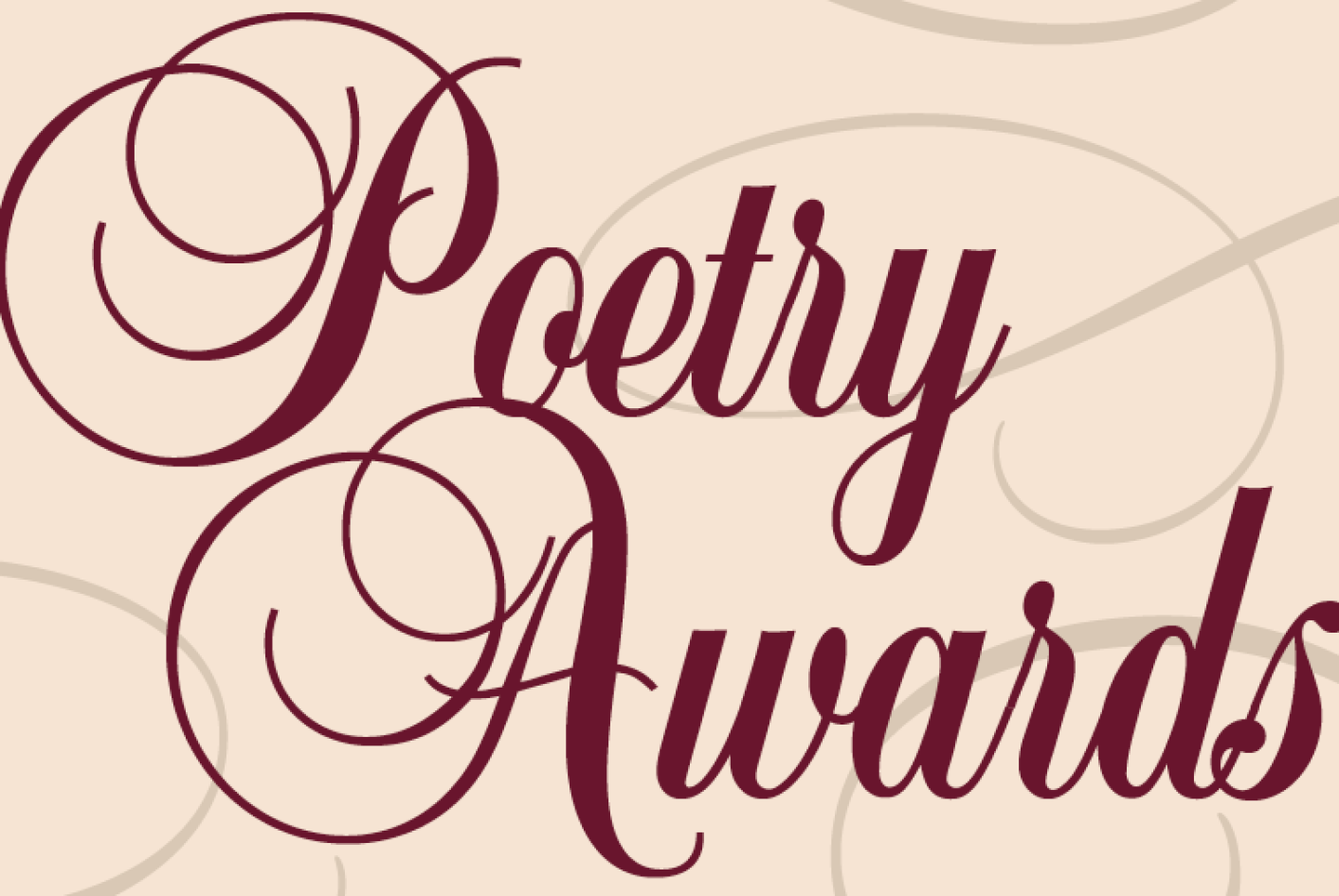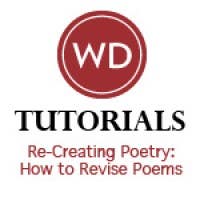Exclusive Interview With Poet and Visual Artist Anne Tardos
Anne Tardos was not looking for me; I was not looking for her; but we met on the miracle of social networking known as Facebook, because I like to add…
Anne Tardos was not looking for me; I was not looking for her; but we met on the miracle of social networking known as Facebook, because I like to add poet friends from time to time. After Anne accepted my request, I checked out her profile and her website. Then, I requested a copy of her most recent collection I Am You (Salt Publishing), and the rest is, well, this interview, I guess.
For a little background on Tardos, she is a poet and visual artist. In addition to I Am You, Tardos authored five other books, including Uxudo (O Books/Tuumba) and The Dik-dik's Solitude: New & Selected Works (Granary).
The thing that appeals to me most in I Am You is Tardos' balancing act between serious emotion and playfulness with language. Here are four parts of a 100-part poem by Tardos called "Letting Go" (from I Am You):
19
AND WHY IS everybody a monster?
Is it because it's monstrous not to be happy?
Even to be hungry and masticating and digesting strikes me as
monstrous
The monster father's ghost, hidden inside my monstrous
psyche
I demand to be loved
I make it a condition
This too is monstrous
"Pull down thy vanity
I say pull down."
To find lightness
Then you take a deep breath. (You might as well do it right
now.)
20.
I CAN'T LET go of my constant companion
the iPod
it tells me exactly what I want to hear
Whispering it into either ear
All it needs is some of my power
I have enough to spare
Too much for some
Hardly any
in reality
Those who fear my power would fear anything
But enough of scary monsters hiding under the bed already
21.
DO NOT LET go of the swift instinct of self-preservation, the
deepest of all the automatic instincts.
A certain blind pathetic forcefulness of life.
One meaning blotting out another.
Friendship exactly.
A certain quickness of impatience.
And now, in a world gone gray and baboon-like, you made
everything baboon-horrible with your baboon lips and
grimaces.
22.
LET GO OF the growing process and watch the withering
As all of this unfolds
I am losing love and gaining like
If you've been adored as a small child, you would probably
understand
It is the child who is unfaithful
radical and daily transformations followed by eventual
departure
A man who fulfills all the needs and forgives all the faults
lover, friend, teacher, son, and grandmother.
What luxurious protection love has offered
Love means "I'm not only yours, I am you. I shall live for you."
Our cat Roof
lived for us
She lived exactly as long as was required.
If indeed it is an ending.
What are you currently up to?
You know, that’s exactly the question I ask myself almost every morning. What am I up to? As a matter of fact, I began a painting yesterday. A self portrait. I’m bound to return to it today and see what I’m up to, besides gazing at myself.
More importantly perhaps, I’m also trying to finish a new long poem in progress, entitled “E-rotica.” I hope the summer will give me a few quiet days in which to do this work. The other project is an extension of E-rotica, and has the poetic and idealistic worktitle “The Pure of Heart.”
And for my bread, hardly any butter, I’m still indexing The Nation, something I’ve been doing for years.
I Am You collects three poems dealing with the loss of your husband, Jackson Mac Low. How did you go about writing on a subject that had to have been very traumatic and close to home? Were there special challenges you found in this collection?
Actually, the book collects five new poems, practically everything I’ve written since Jackson’s death. And saying that the book deals with the death of my husband is a narrow view of the book as a whole. Sure, it deals with the loss, inevitably, but it deals with so much more. The notion of flexible subjectivities is one of the book’s primary concerns.
Some aspects of the book are inevitably elegiac, but that’s just a fraction, a background for the emotional push that occasioned the writing of the work. Inevitably, once your spouse dies, and as in Jackson’s case, dies after a long illness, your time suddenly frees up. The first thing I did was to edit a book of Jackson’s, Thing of Beauty: New and Selected Works, that the University of California Press published earlier this year. They did a wonderful job. Soon after that, I Am You came out from Salt Publishing.
In the 100-part poem “Letting Go,” there is a line: “Love means ‘I’m not only yours, I am you. I shall live for you.’” Do you find that dealing with the loss of a loved one means you have to let go a part of yourself? Kind of like a part of yourself dies, too?
Indeed, I always felt that part of me died with Jackson, but at the same time, part of him has stayed alive with me, so this huge transformation could also be seen as a kind of tradeoff. Needless to say, I preferred our earlier state, but a death is also a valuable lesson in non-attachment and the ever shifting nature of the universe.
When I wrote “Love means I’m not only yours, I am you,” which also gave me the title of the book, I made the observation of the melting together of two individuals. Aside from the obvious implications of empathy and compassion in that phrase, the origin of it was a realization I had many years ago, when Jackson and I went to visit the Guggenheim museum, and decided to go off on our own, viewing the exhibit at different speeds. After a while I was ready to join him again, but couldn’t find him. I looked long and hard inside that large tube that Frank Lloyd Wright had built for the Guggenheims, and started panicking a bit, not seeing Jackson anywhere. When I finally did spot him across the gap and on a different level, I said to myself outloud “There I am!” I meant to say “There he is!” but this mistake made me think about having one’s place with or near another human being, and having one’s identity merge with that of the beloved.
In fact, what’s interesting about all this is that when Jackson died, my identity, the Anne Tardos seen through his eyes, also ceased to exist. The daily mirror he presented me with, his view of me, had gone. So in fact, we do become each other in a long-term relationship.
I’m struck by how a lot of your work incorporates images. Is there a particular reason behind doing this?
I’ve always worked with images. Just as I juxtapose disparate linguistic elements, I also include images as a challenge to a text, in the sense that the inclusion of an image on a page of text will inevitably alter the nature of the text. How this happens is what I play with by including various images, mostly of animals—my pet subjects. Another reason might be that my academic background is in the visual arts, film, video, painting and sculpture.
As a follow-up question, how do you go about choosing the images you incorporate into your poetry?
It varies. I rarely set out to look for an illustration of what I’ve written, rather I look at images all the time, make them or capture them, just as I read texts, think about them, take notes, grow from them. Similarly, an image that I’ve been looking at will find its way onto a page of text I’m working on. I might just try and see how the words and the image go together, and from there I continue the exploration until I establish some balance between the two elements. In I Am You, I’ve used fewer images than in my earlier works, as well as fewer multilingual elements. This was in no way premeditated, and may change. My approach to poetry is intuitive, within certain formal guidelines and boundaries that I set up for myself. You could call what I do direct writing or intuitive composition.
You have a handle on multiple languages. Do you feel this helps or hinders the poetic process?
I speak, read and write four languages. I grew up in different European countries and acquired, in that order, French, Hungarian, German, and finally English. The presence of these languages in my mind has been the foundation of my multilingual writing. The threshold to cross was always the letting go of, the dropping of any segregation between the languages, and allowing them to emerge within my text as they would naturally, unhindered by linguistic identification. This process led to many linguistic puns and abstractions. I can’t see my knowledge of other languages as anything but helpful, never a hindrance.
What and who are you currently reading?
What am I currently not reading may be easier to answer. I find myself avoiding fiction, which is a new thing. I used to delight in good novels, but these days, I read more poetry and philosophy. For my poem-in-progress, “E-rotica,” I read Hindu erotology, medical texts, pornography, the classics and the various Anonymi. I have not dealt with images yet, and may very likely forego including images with this particular subject. But that’s not a final word, so we’ll see. When the right image comes along, I’ll know it.
If you could only pass on one piece of advice to other poets, what would it be?
Try to be clear in your intentions, in your statements. Step back a lot, like a painter does. Leave the room, think about the poem, or don’t think about it, and then come back to it. Read it outloud.
*****
Check out Anne's website at www.annetardos.com.
Also, you can find some of her readings and performances at http://writing.upenn.edu/pennsound/x/Tardos.html.
To learn more about the collection I Am You (including ordering information and a head shot of Anne), check out the Salt Publishing website.
Robert Lee Brewer is Senior Editor of Writer's Digest, which includes managing the content on WritersDigest.com and programming virtual conferences. He's the author of 40 Plot Twist Prompts for Writers: Writing Ideas for Bending Stories in New Directions, The Complete Guide of Poetic Forms: 100+ Poetic Form Definitions and Examples for Poets, Poem-a-Day: 365 Poetry Writing Prompts for a Year of Poeming, and more. Also, he's the editor of Writer's Market, Poet's Market, and Guide to Literary Agents. Follow him on Twitter @robertleebrewer.








